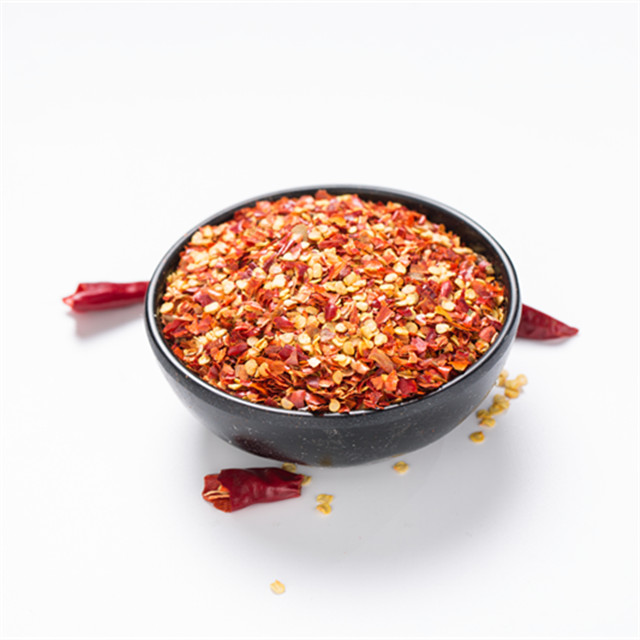Additive for Putty Enhancing Properties and Applications
Putty is a versatile substance widely used in construction, manufacturing, and artistic applications. Traditionally composed of a combination of fillers, binders, and solvents, its performance can be significantly enhanced through the use of additives. Among various types of additives, those designed specifically for putty formulations are crucial in improving their mechanical properties, workability, and durability. This article delves into the significance of additives for putty, their types, and the resulting benefits.
The Role of Additives in Putty Formulations
Additives are materials added to a base formulation to modify its properties or performance characteristics. In the context of putty, these additives can influence several attributes, including adhesion, flexibility, drying time, water resistance, and overall durability. By carefully selecting and formulating with various additives, manufacturers can tailor putty to meet specific application requirements.
Types of Additives
1. Polymer Additives These are often used to enhance the flexibility and adhesion of putty. Polymers, such as acrylics and styrene-butadiene, form a film that improves the putty's resistance to cracking and peeling. The incorporation of polymer additives can lead to improved elongation and tensile strength, making the putty suitable for a wider range of materials.
2. Fillers Fillers such as calcium carbonate, talc, or silica are commonly added to putty to improve its texture, reduce cost, and enhance bulk density. The choice of filler affects the putty's ease of application and coverage, as well as its final appearance. Fine fillers can also contribute to a smoother finish in painting or surface applications.
3. Thickeners Thickeners help to modify the viscosity of putty, allowing for better application control. They prevent dripping and sagging, especially when the putty is applied vertically or on ceilings. Common thickeners include cellulose derivatives and synthetic polymers, which stabilize the formulation and maintain its consistency.
4. Drying Agents Additives that promote faster drying times are crucial in applications where time is of the essence. These can include metal salts and various organic compounds that accelerate the curing process, allowing for quicker turnaround in construction projects.
additive for putty

5. Preservatives and Antimicrobials To extend the shelf life of putty and prevent degradation during storage, preservatives are added. Antimicrobial agents can also prevent mold and bacterial growth in damp environments, ensuring that the putty remains effective for an extended period.
Benefits of Using Additives in Putty
The incorporation of additives in putty formulations offers numerous advantages
- Enhanced Performance Additives improve the overall performance of putty, enabling it to withstand various environmental conditions while maintaining its structural integrity. - Customization Different application needs require specific putty characteristics. Additives allow manufacturers to create customized formulations suited for diverse tasks—from interior wall repair to exterior sealing.
- Cost Efficiency By optimizing the formulation with suitable additives, manufacturers can reduce the amount of expensive raw materials needed without compromising on quality. This process leads to cost-efficient production and pricing.
- Environmental Considerations Some modern additives are designed to be eco-friendly, reducing the volatile organic compounds (VOCs) emitted during application and curing. This is particularly important in today’s environmentally-conscious market.
Conclusion
Additives play a pivotal role in enhancing the characteristics of putty, making it suitable for a wide array of applications. The careful selection and formulation of these additives not only improve the putty's performance but also enable manufacturers to meet the evolving needs of the market. As technology advances, the development of innovative additives will likely continue to transform the industry, ensuring that putty remains a staple in construction and repair work globally. Therefore, understanding the significance of additive usage in putty production is essential for anyone involved in this field.




